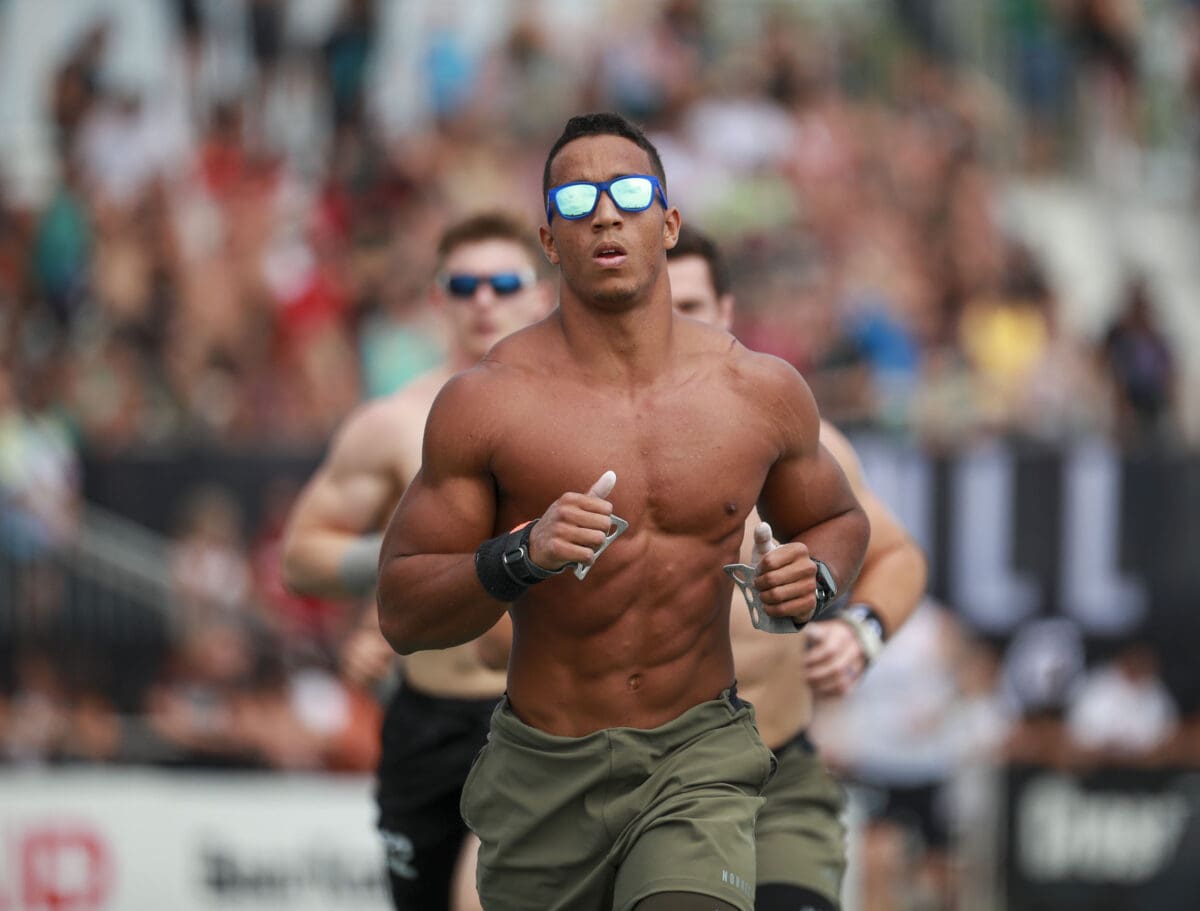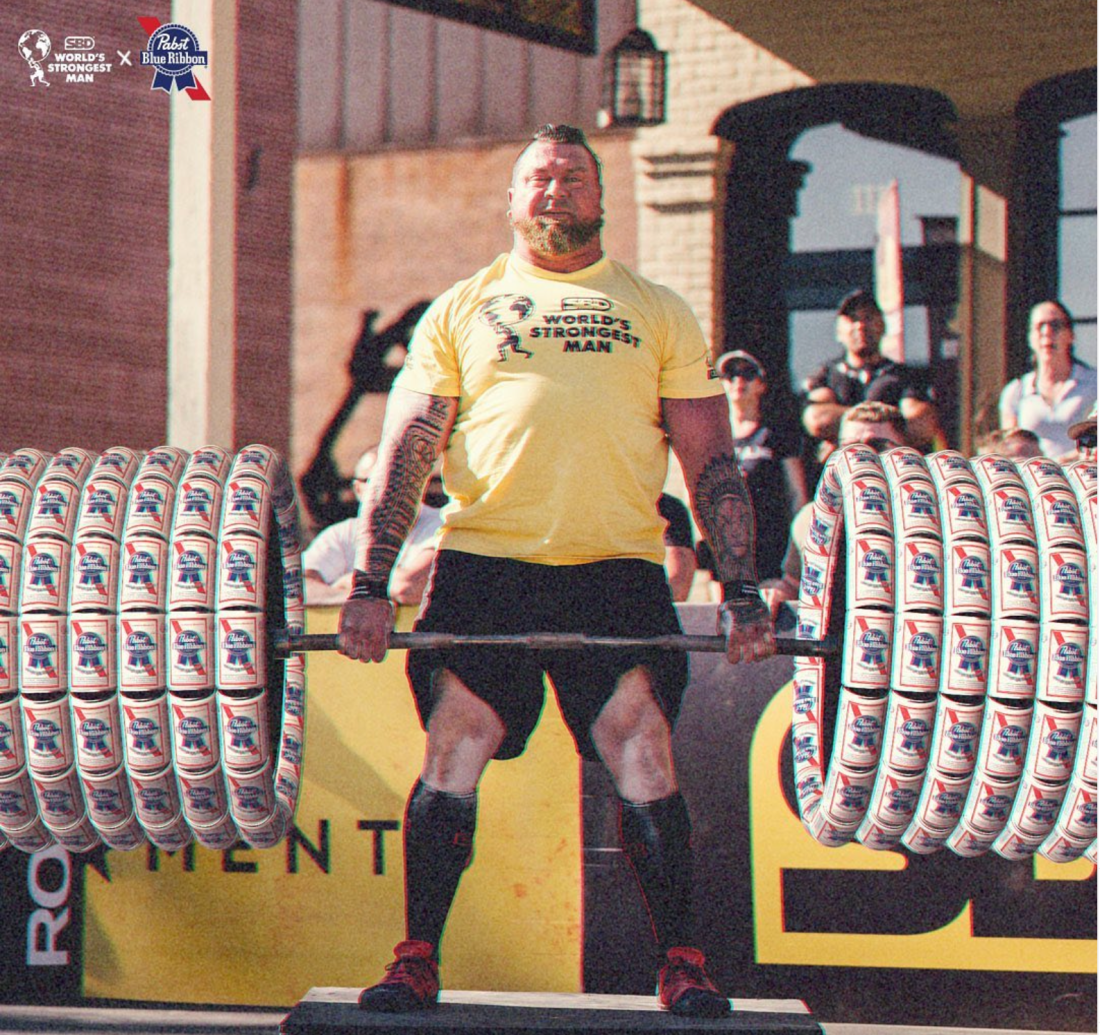You've happened upon a controversial word... especially in the women's strength training arena! Trainers are forever arguing about whether strength training, especially barbell training, will make a woman "bulky" and whether it's a myth.
My perspective is that "bulky" is in the eye of the beholder. What is bulky to one, is not to another. And whether it's a positive or a negative thing to be, also a matter of personal opinion. And whatever it is, I can say I'm more of it since starting to train with barbells as opposed to kettlebells, especially since my barbell work started with more powerlifting style and then moved to weightlifting.
I think it's a number of things, all more likely (though certainly not guaranteed) to be brought on with barbell training:
- more muscle mass overall
- heavier bodyweight
- a sturdier core
- more upper body mass
Whereas, kettlebell training will tend more towards:
- wiry muscles that are stronger than they look
- less cross sectional area of most muscles ("less bulk")
- lighter bodyweight
- strong abs, but not a beercan shape
- smaller legs than a barbell lifter
All that said... it's all in the programming and use of the tool, not the tool itself. So those are generalities that aren't guaranteed to apply to any one individual.
Not to mention diet, which certainly plays a major role.
Anyway, I think the point is a good one! I agree with
@jayjo.


